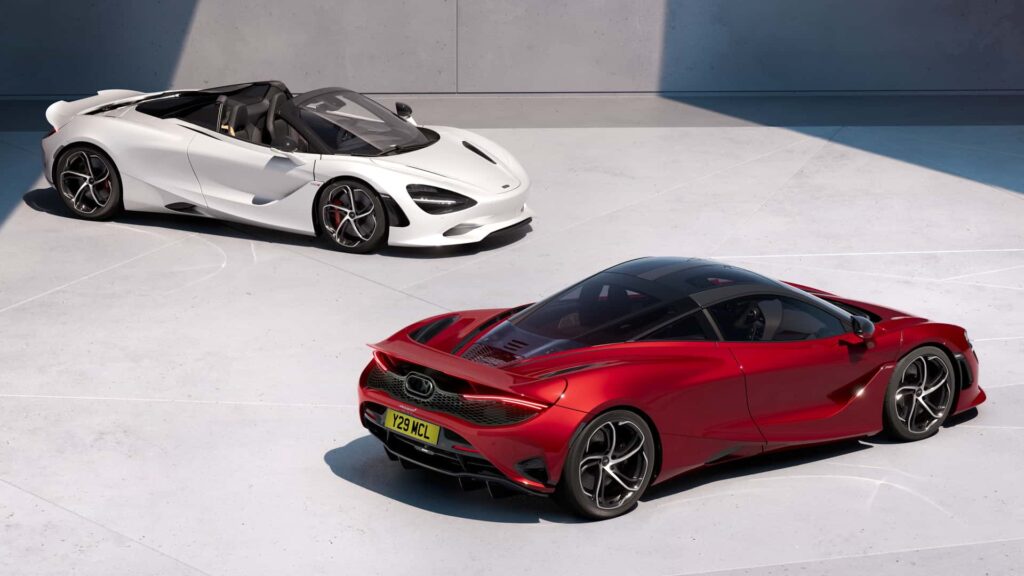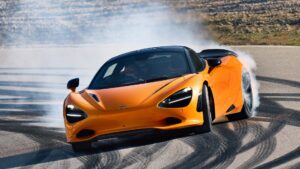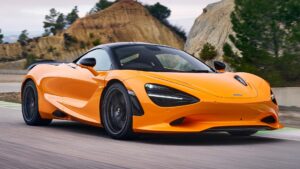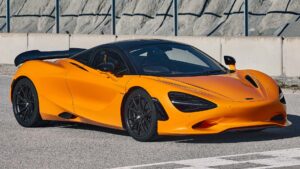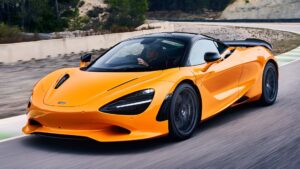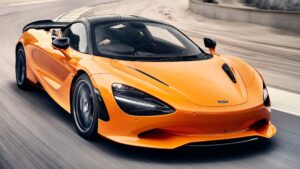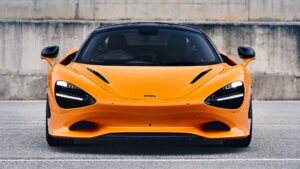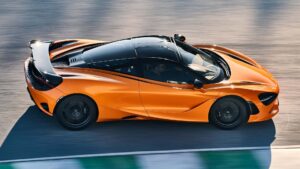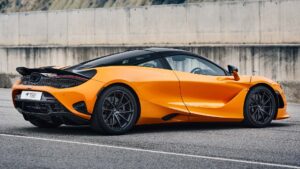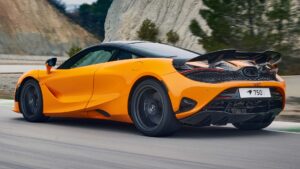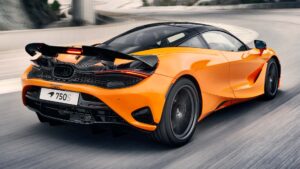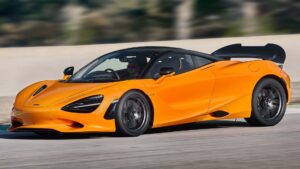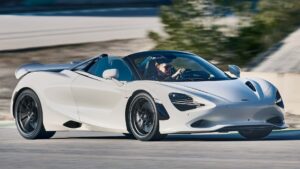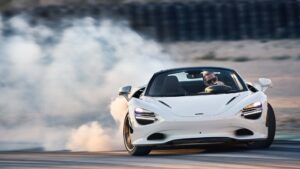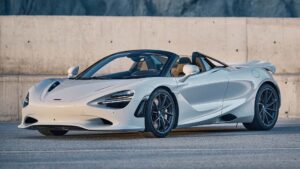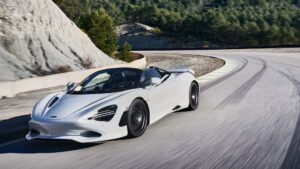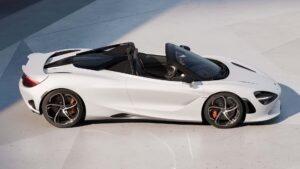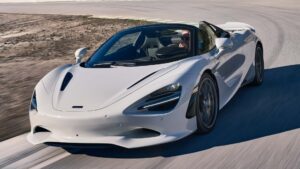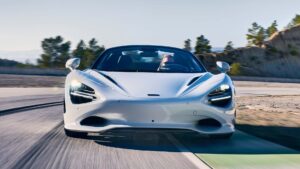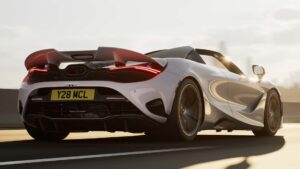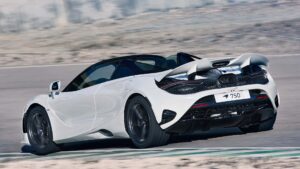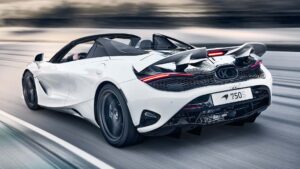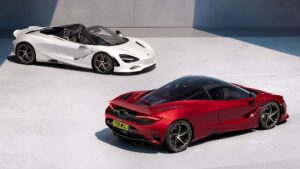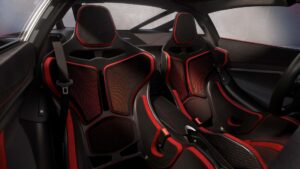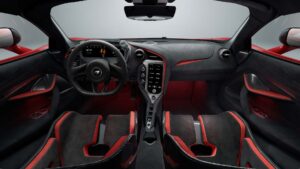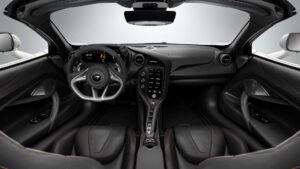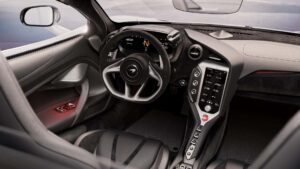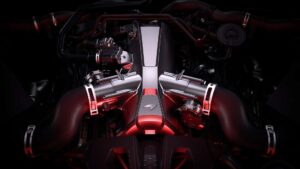McLaren has taken the covers off the ‘successor’ to the 720S and as the title states has been called the 750S.
We say ‘successor’ because it’s actually a facelift of sorts with some enhancements and refinements over the 720S.
Under the very familiar-looking body sits the 4.0-litre twin-turbo V8 but it now pushes out 740 hp (552 kW) and 800 Nm (590 lb-ft). This is sent to the rear wheels via an updated seven-speed sequential gearbox with a shorter final drive ratio allowing the supercar to hit 100 km/h (62 mph) in just 2.8 seconds.
The new supercar has a 6mm wider front track as well as new suspension geometry and their new Proactive Chassis Control III. It also benefits from an upgraded lifting system which can lift the nose of the car in 4 seconds as opposed to the 10 seconds it took the 720S.
So what design (styling) changes have taken place? They are very subtle but do make a fair bit of difference.
Up front there is a new bumper that sends the air into the redesigned and narrower eye sockets that house the LED lighting and a path to the low-temperature radiators. A new extended front splitter provides aerodynamic balance, working in connection with the 20-percent larger active rear wing.
Around the back you will find a P1-inspired center-exit exhaust system, which had designers repositioning the active rear wing two inches higher. McLaren also fits the 750S with bigger intakes ahead of the rear wheel, a new rear bumper, a new mesh grille, and a new rear deck.
The 750S gets an Alcantara interior as standard but now comes with two additional specifications to choose from; TechLux and Performance.
Changes include new displays and the new McLaren Control Launcher as well as a new dark metal finish and customizable ambient lighting.
McLaren has shed some weight compared to the 720S thanks to the carbon fibre-shelled racing seats and 10-spoke forged alloy wheels. In total, the 750S has dropped 30 kg (66 lbs) compared to the 720S.
There will obviously be a host of options available but if you plan to track the supercar often then you might be keen to tick the track brake upgrade (like the Senna). This includes larger ceramic rotors, monoblock calipers, a new booster and vacuum pump, and Formula 1-inspired caliper cooling technology.
So what do we think of the new wheels from Woking? Have they changed it enough or have they followed the if it aint broke dont fix it approach and just improved on the benchmark supercar revealed back in 2017.

